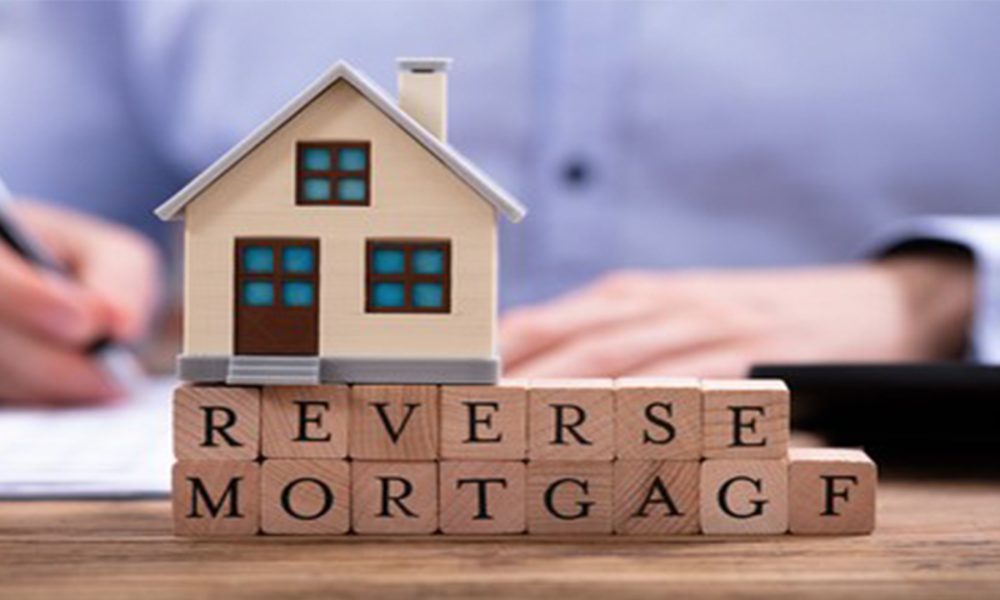
The difficulty of securing a secure and nice financial future is one that many people face as retirement comes near. The reverse mortgage is one financial option that has gained appeal among senior citizens. When a homeowner obtains a reverse mortgage, they receive funds from the lender that they can use for various purposes.
The reverse mortgage is a financial product designed to allow homeowners, typically 62 or older. Reverse mortgages function differently than conventional ones, requiring homeowners to make monthly payments to lenders. Homeowners receive payments from the lender rather than paying payments to the lender.
How Does a Reverse Mortgage Work?
When a homeowner obtains a reverse mortgage, they receive funds from the lender that they can use for various purposes. Some purposes are meeting daily costs, repaying debts, or completing house upgrades. This money is not required to be repaid as long as the homeowner continues to live in the home. They should pay property taxes on time, maintain insurance, and keep the property in excellent condition and shape.
Benefits of a Reverse Mortgage
A reverse mortgage has several advantages that make it an appealing financial choice for retirees looking to improve their financial stability in their golden years. The major benefits of reverse mortgages are outlined in further detail below.
- Supplemental Income: The advantage of a reverse mortgage is that it gives rise to a vital source of extra income for retirees. This extra income flow enables them to maintain their level of life, meet their daily bills, and live a nicer retirement. This additional money may significantly impact the quality of life for many seniors. You can contact Shred Reverse Mortgage Brokers to learn more about this.
- Retention of Homeownership: Reverse mortgages allow retirees to access their home equity without selling them. This means they can stay in the homes they’ve loved for years while preserving a sense of familiarity and comfort. This appeals to people with a deep emotional connection to their houses and neighborhoods.
- There are no monthly payments: Reverse mortgages don’t demand monthly payments from borrowers to the lender like conventional mortgages do. This is a huge comfort for retirees who might be on a limited income and are worried about paying continuous mortgage payments.
- Flexible Payment Options: Reverse mortgage borrowers can choose how they want to receive their loan proceeds. A flat sum payment, regular monthly payments, or opening a credit line that can be used as needed are the options available to them. Thanks to this flexibility, retirees can tailor the loan to their financial needs and goals. They might use the money to pay for home renovations, medical expenses, or just to supplement their retirement income.
Conclusion
The reverse mortgage can be an advantageous option for senior citizens who want to access their home’s equity to live a more comfortable retirement. Buyers must know all terms, costs, and consequences before taking out a reverse mortgage. For more guidance, contact Shred Reverse Mortgage Brokers.



